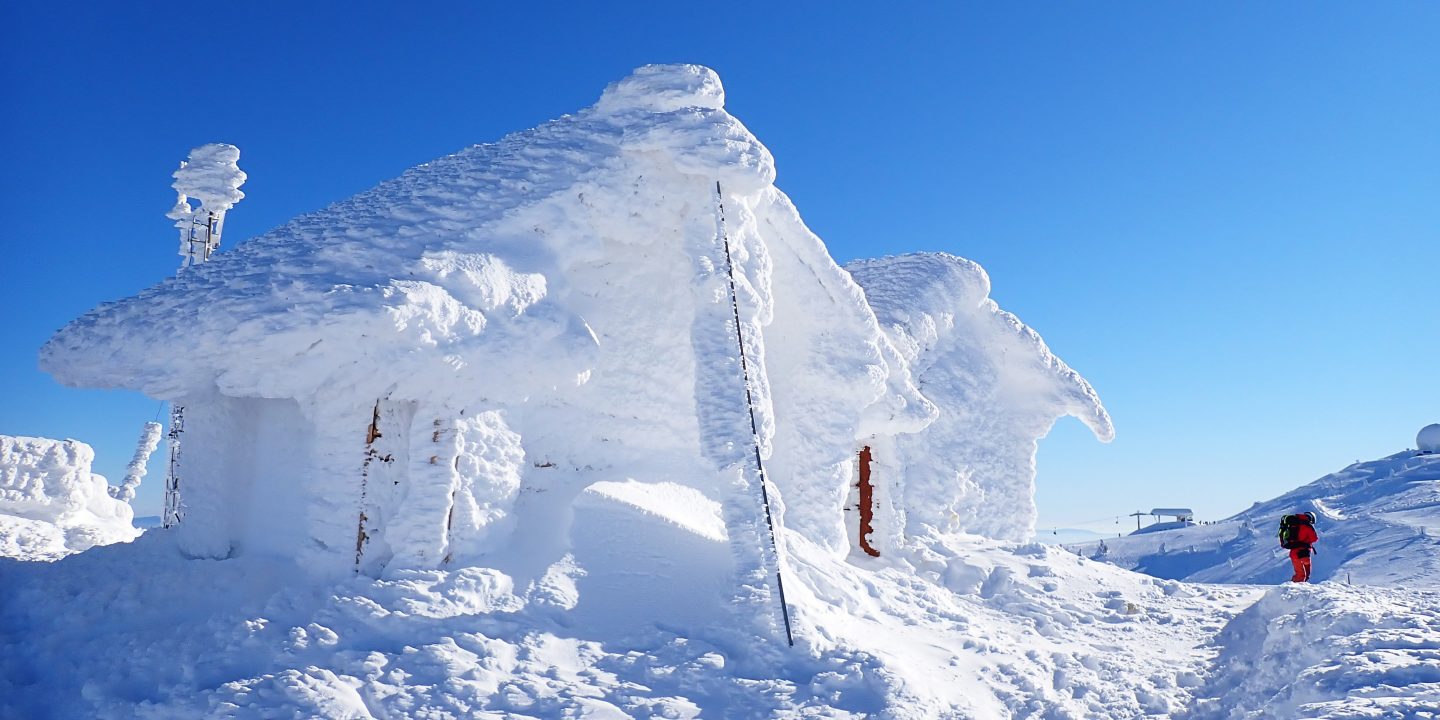
Breathework, sleep retreats, superfoods, numinosity, spirituality, mindfulness, selfcare… are currently undergoing their Renaissance. For a long time, they used to sit squarely in the woo woo side of wellness. More recently, however, scientists, academics and entrepreneurs have started to push these less ordinary concepts into completely new directions.
Why is that? Because these are no ordinary times. Now more than ever, with the virus still raging around the world and posing threat on people’s lives, our behaviour has greatly altered. During multiple lockdowns, we have been forced to live our lives differently. Within the constraints of new laws and regulations, we have learned how to communicate differently, work differently and behave differently. In such madness and confusion, we have become ever more concerned with our sanity, health and wellbeing. It is for this reason that we increasingly search balance, safety and security in all spheres of our lives.
Our values have shifted en masse, and we are re-evaluating our priorities in life. Our travel plans have become tentative, and we tend to replace manic getaways with slower and more mindful travel experiences. For this reason, we choose destinations closer to home, in which we can regain energy and restore peace of mind. We need calmness and more breathing space. Particularly us, busy, overworked urbanites, are looking for exactly that – space.
Welcome to space
Tourism destinations worldwide have increasingly advocated for the so called undertourism and activities in the Great Outdoors. For example, mountains offer spaces for escape from busy urban beehives and temporary relocation to scarcely populated places and healthier climates. In winter, mountain ranges are covered in snow and shrouded in magical mist or glowing sunlight. They inspire joy and holiday spirit, and as such they become arenas for recreation and recuperation.
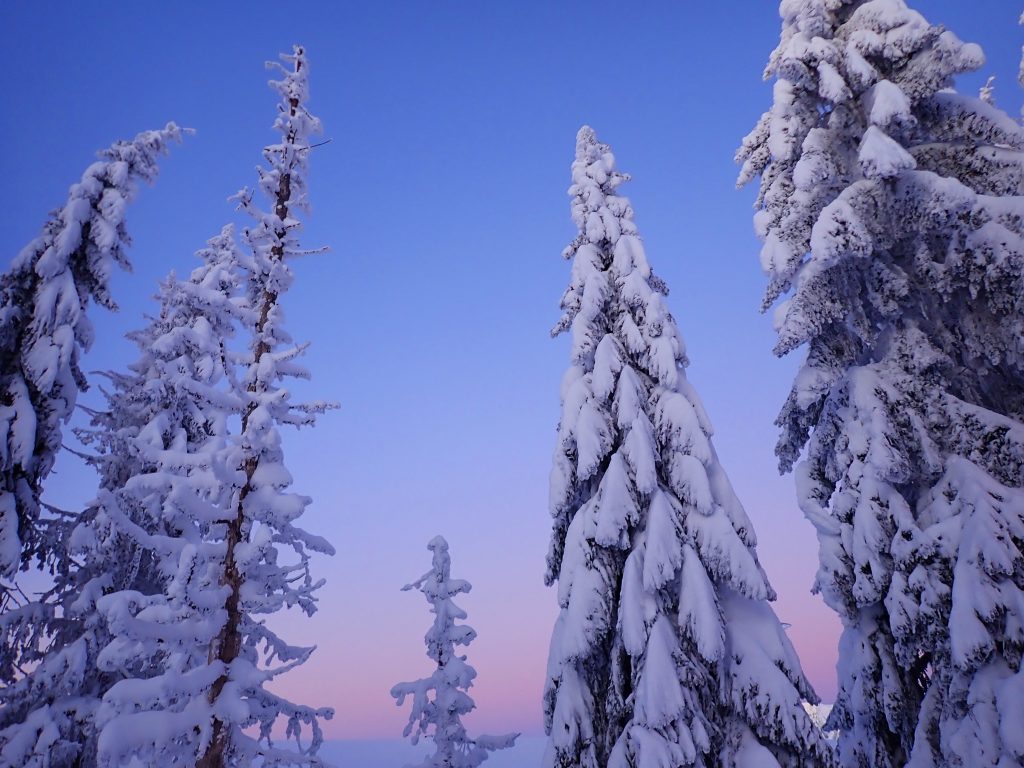
As Norwegians suggest, space is a feeling. Space has its physical dimension, but it also has an emotional tone. Space can be a cosy, calming, soothing feeling which regenerates body and mind. We don’t need to be billionaires to be able to pay a fortune for flying in a rocket to reach space. We can do it in a less costly, and much healthier ways (for both ourselves and the planet). There are various ways in which we can reach space – we can walk, paddle, climb, cycle, even take a gondola or a ski lift. Whilst being in space, we can pamper ourselves with spa treatments or tasting comfort food in small social circles.
Inspired by the recent Norwegian travel campaign ‘Welcome to space‘, I here share a few thoughts on how we can, and should, become responsible space tourists.
Space walks
Roaming in open space can be a recreational, fun activity for everyone. All we need is a pair of sturdy boots and a shell jacket to keep us warm and comfy. We can launch ourselves into a solipsistic walk, but we can also share the joy with others. We can traverse mountain plateaus or aimlessly wander about the nearby forest, marvel at the trees and try to plug into natural rhythms. In space, we normally walk at slow pace and notice different shapes and lifeforms that surround us. Instead of smartphones, we can bring along a camera and play with close-up photography. Under the microscopic lens, it is fascinating to realise how patters of nature are irregular and fragmented, and possess high levels of beauty and complexity.
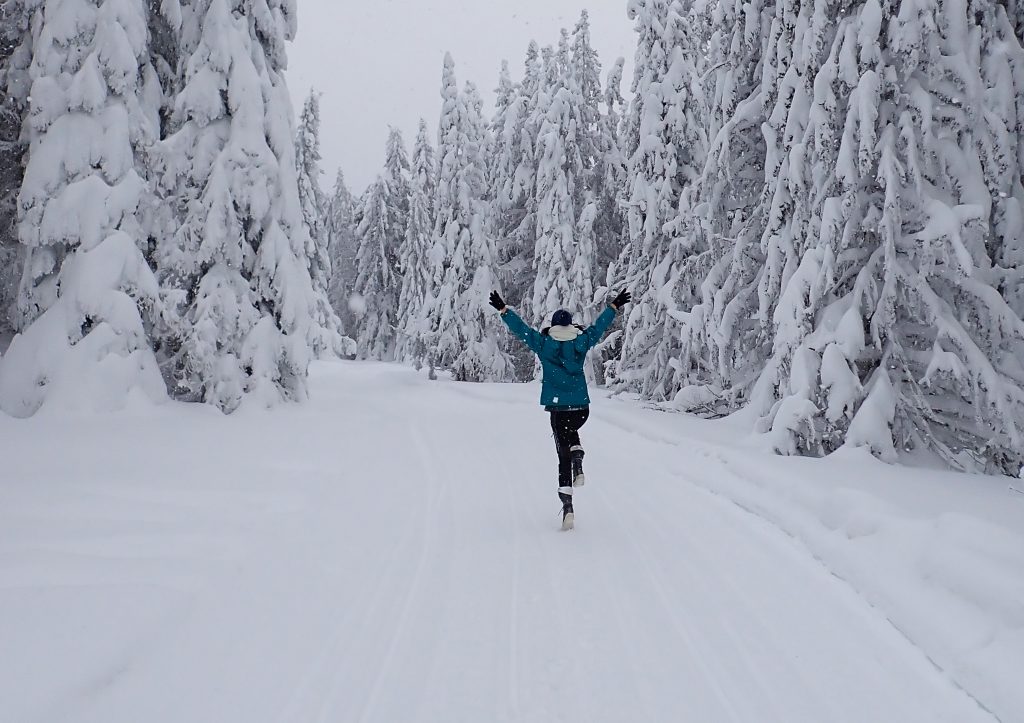
Open spaces
Sometimes, space travel is about boasting with achievements, such as reaching the furthest points or highest peaks, or being the first to hit the ski piste. It is worth waking up early and venturing outdoors. Being the first to ride on a ski lift and reach the top of the mountain feels special. This is particularly true on a clear day when we get rewarded by a 360-view that stretch far into our own, or a neighbouring country. There is a special vibe about being up there, observing the surroundings and trying to comprehend the meaning of unboundedness, openness and vastness. We should take a deep breathe and ponder how these space-like landscapes affect us psychologically and emotionally. We can surely learn a lot about ourselves, there in space.
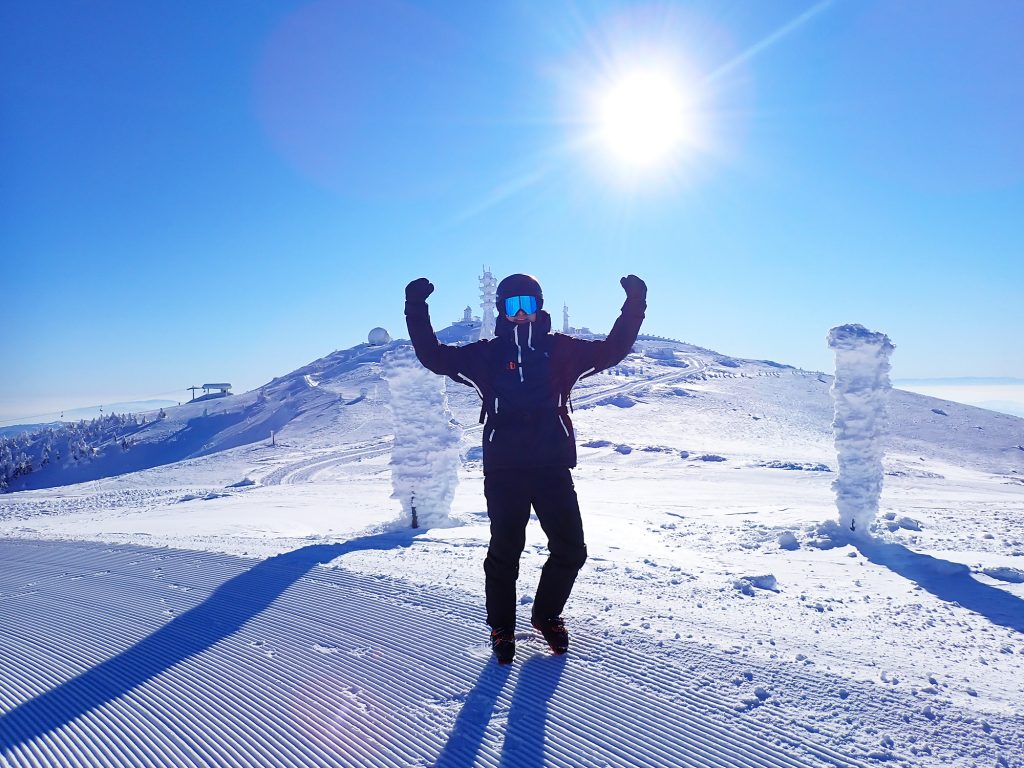
Cosmic experience
It is nice to celebrate winter solstice in space. On the first day of winter, when the Earth’s Northern hemisphere tilt the furthest from the sun, we can witnesses this astronomical event. In dry and cold winter nights, we can walk out to the pine forest, and imitate the posture of the trees. For a moment we can stand still and salute the planet Venus which is dominating the sky. In December, this shiny orb slides sunward, dropping closer to the sunset point as western twilight darkens each day.
Whilst observing celestial objects, we can also have a sound bath. When we stop moving, we notice peaceful silence. The absence of motor vehicles, noise, city pollution, hectic traffic and mobile phone notifications, give presence to the humming sounds of the wind, light snowfall, snow falling off branches, or snapping of twigs. We can even hear our breath and notice how it is in synch with the rhythms of nature.
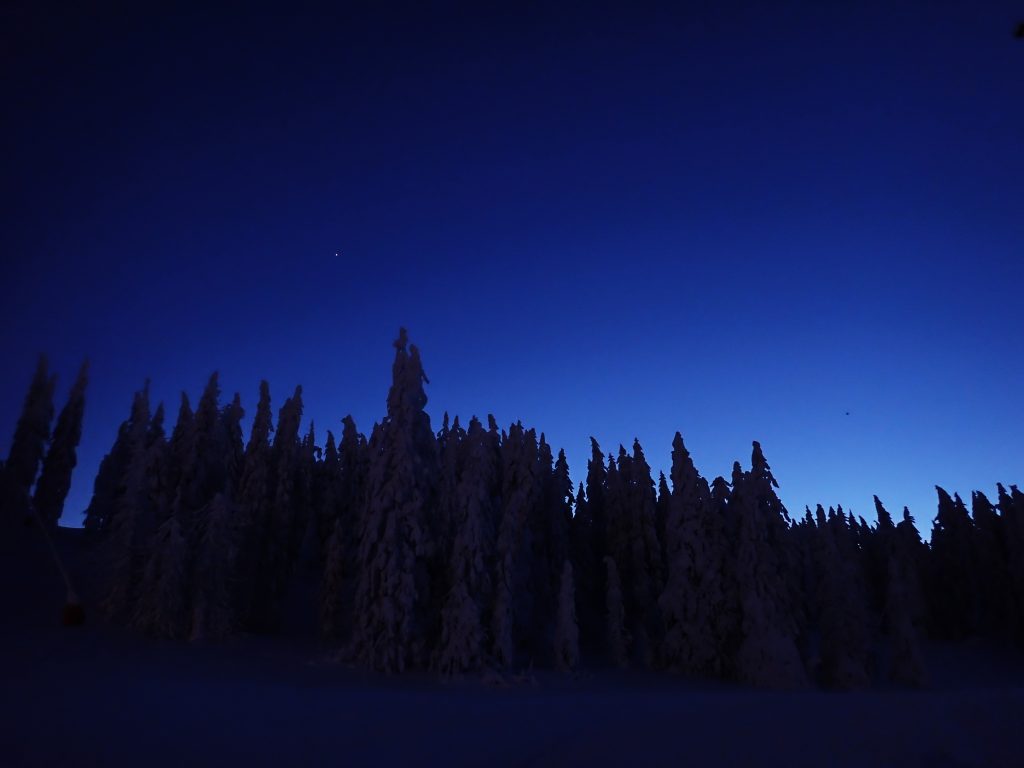
Private space
We all need our private space. It is the space to which we retreat and in which we expect our privacy to be respected. While occupying such spaces, we can be idle and let our mind wander across past, present and future. We can get creative, we can get philosophical, we can be lazy or pamper ourselves with a fancy warm drink or a hot outdoor pool bath. Putting some time aside for ourselves shouldn’t be considered selfish or narcissist. We all know how much we need that ‘me time’ and how therapeutic it can be. To be sure, we should practice it more often.
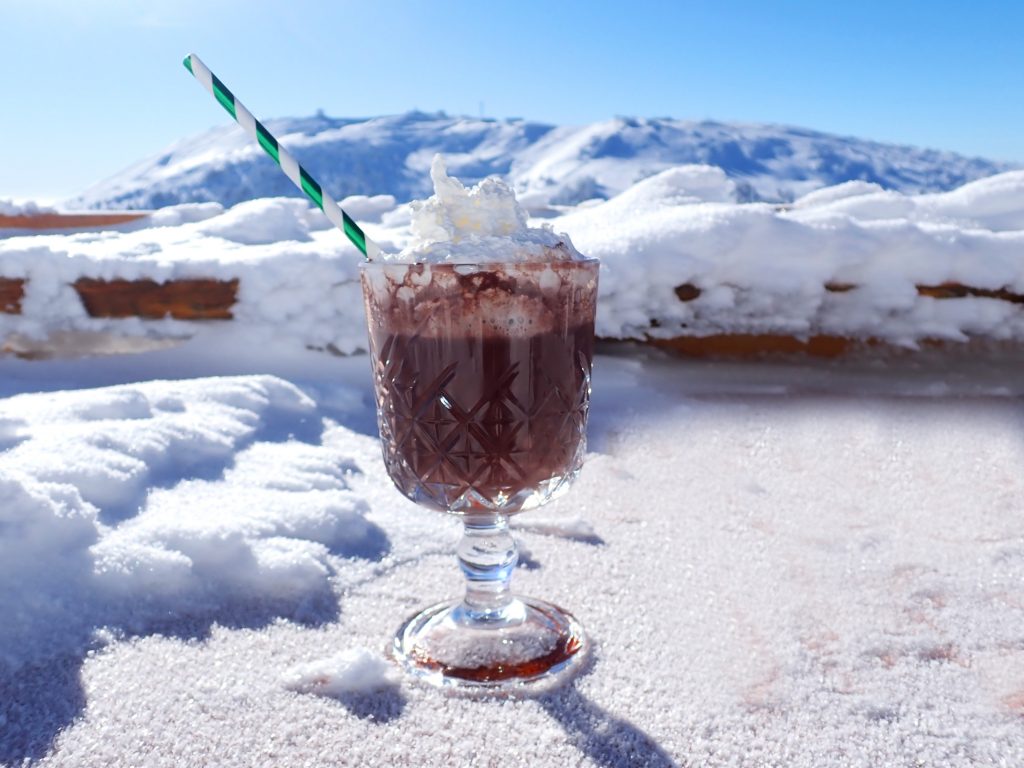
Sleep in space
Being embedded in space also means having a good rest. We live in a society in which tiredness has become a new norm and restful night has become a luxury. Sleep-health industry has skyrocketed in numbers in the past years. Accommodation sector has recognised not only people’s need for a good night’s sleep but also the need to reconnect with nature. This is reflected in the design of accommodation units which is in accord with the natural world that surround us. For example, the design and geometry of zomes (check them here) make an impression of sleeping outside, under the starry sky. Their cosy, inclusive interior encourage the sense of calm and tranquility and the simplicity of being – in nature and as part of nature.
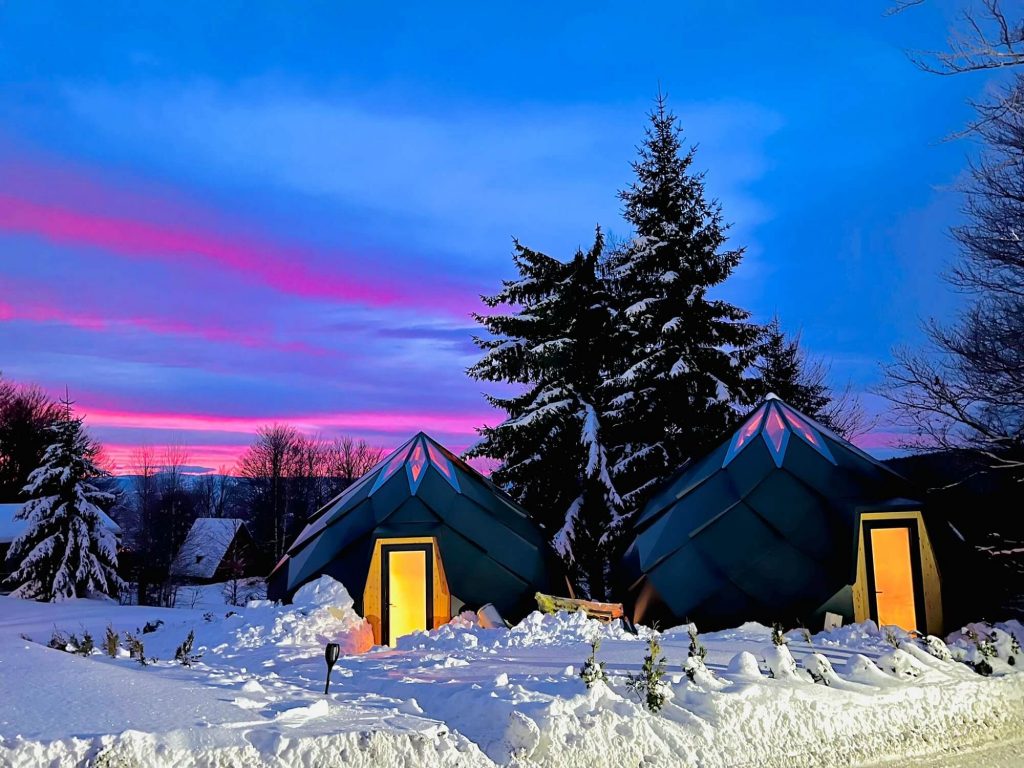
Are you ready to be a space tourist this winter? If so, put your favourite space boots on and launch yourself into a mountain, a valley or any other vast, open natural space of your choice. As you plan, you can whistle the melody of Bowie’s Space Oddity, why not.
3, 2, 1… liftoff!


One reply on “Space tourism – do we need a spaceship or a pair of boots?”
Great content! Keep up the good work!